Sweep’s reaction to the GHG Protocol survey




- Authors
- Henk HarmsenSenior carbon advisor
- Caterin Salas-RedondoCarbon Expert
- Reviewer
- Marie-Anne VincentVP Strategy & Regulatory
- Category
- Opinion
- Topics
- RegulationsCarbon
- Published
- 04 April 2023
Contents
- Should the GHG Protocol be updated?
- Should subsections or separate GHG Protocol standards be updated?
- The definitions of ‘emissions reduction’ and ‘avoided emissions’
- An up-to-date overview of emission factor databases
- Clarity on GHG accounting for IT services
- Relevance of Scope 3 categories by sector
- The need for a corporate mitigation standard
- The bottom line
Our Carbon Experts, Henk Harmsen and Caterin Salas-Redondo, summarize our response to the recent survey on whether there is a need to update the Greenhouse Gas (GHG) Protocol Corporate Standards.
More than 20 years ago, the World Business Council for Sustainable Development (WBCSD) and the World Resources Institute (WRI) launched the greenhouse gas (GHG) accounting methodology that would become the industry standard: the GHG Protocol. Concepts like “scope” and “organizational boundaries” are now used in standards like the Task Force on Climate-related Financial Disclosures (TCFD) and emerging GHG accounting standards like the IFRS S2 and ESRS E1.
The WBCSD and WRI recently launched the “Survey on Need for GHG Protocol Corporate Standards and Guidance Updates”, which closed on 14 March 2023. Their main question was whether there is a need to update the GHG Protocol. Apart from this overall question, the survey asked for opinions on subsections of the Protocol, including separate documents published after 2004, such as the Scope 2 Guidance and Scope 3 Standard.
Should the GHG Protocol be updated?
The survey came somewhat unexpected, as almost 20 years passed since the last update of the GHG Protocol. Here lies the first issue regarding updating. In these past 20 years, GHG accounting standards have been developed that are based on the GHG Protocol, such as the the Global GHG Accounting and Reporting Standard for the Financial Industry the [Draft] IFRS S2 Climate-related Disclosures, and Draft European Sustainability Reporting Standards ESRS E1 Climate change. Any update on the protocol would have to ensure compatibility with standards that appeared or are emerging after 2004. Where deemed necessary, these new standards introduced new or updated requirements. In that sense, they already did the updating for the GHG Protocol. An example is the requirement to split scope 1 emissions over the consolidation level of the emission source in IFRS S2 and ESRS E1.
A second question regarding GHG Protocol updating is the need for such an update. The GHG accounting concepts were introduced around the turn of the century and are now mainstream. Now, the information needs of companies have shifted: they need concise and crisp instructions, rather than lengthy explanations of concepts.
This is exactly what ISO did in its ISO 14064-1:2018 standard. It made the logical step of splitting definitions, requirements, and explanations into separate sections. Definitions are consistently applied across other GHG-related ISO 1406x standards. Requirements are clarified (e.g. what is the position of the GHG Protocol regarding uncertainty analysis?), and explanations are moved to Informative annexes or separate supportive standards (in this case: ISO 14069:2013). This approach makes the ISO standard suitable as a basis for certification. ISO has been updating the GHG-related standards on a regular basis.
This, and given the fact that WBCSD, GRI and ISO have signed a Memorandum of Understanding in 2007, our feeling is that updates on legislation-neutral GHG carbon accounting and standardization are already carried out by ISO.
Should subsections or separate GHG Protocol standards be updated?
After the last revision of the GHG Protocol several guidance documents were published by WBCSD/WRI. Specifically, the Scope 2 guidance (2015) introduced location-based and market-based scope 2 categories, and the Scope 3 standard (2013) introduced 15 scope 3 categories. WBCSD/WRI also provides guidance documents and calculation tools on the GHG Protocol website. These documents and tools do not seem to be updated for years. The question is, therefore, whether these documents and tools should be updated.
At Sweep, we definitely see a need to provide clarity on the following five concepts and tools.
The definitions of ‘emissions reduction’ and ‘avoided emissions’
First, the general idea of developing a GHG inventory is to identify where emissions can be reduced or avoided. Yet, “emission reduction” and “avoided emissions” are not defined in the GHG Protocol. These basic concepts prove to be surprisingly elusive to define and apply (WBCSD published a 53-pager on avoided emissions on 22 March 2023).
An up-to-date overview of emission factor databases
A second example is emission factors. At Sweep we process and update over 44,000 emission factors from public and paywall databases (e.g. UK Defra, US EPA, ecoinvent, IEA, ADEME, and Ember). Each of these databases has a different format and different fields. It would be helpful for companies to have access to at least an up-to-date overview of emission factor databases and their specific scopes.
Clarity on GHG accounting for IT services
Finally, important aspects of GHG guidance are not always clear to us and our clients. We see, for example, an increased need for clarity on GHG accounting for IT services and products. This is to be expected: each sector is different and new questions come up over time no matter how extensive the provided guidance is.
Relevance of Scope 3 categories by sector
The GHG Protocol should provide guidance on the relevance of Scope 3 categories by sector, similar to what the CDP provides, but this is unfortunately based on broad CDP-specific sectors. The protocol could instead consider following the SBTi sector classification or the same list of sectors provided when asking for the respondent's information in the survey.
The need for a corporate mitigation standard
The GHG Protocol doesn’t provide a corporate mitigation goal standard, like the one proposed to governments. The WRI is a partner organization of the Science-Based Targets Initiative (SBTi) providing science-based target-setting methodologies, but there is currently no standard to set mitigation strategies to reach these targets. It would be ideal if the GHG Protocol aligns with the SBTi in order to complement what they have already proposed when it comes to target setting and mitigation strategy setting, but also, to work together on efficiently updating the reduction trajectories according to the global carbon budget.
The bottom line
Our position is that WBCSD and WRI could provide guidance, for example in the form of frequently asked questions (FAQ) or a user forum. This wouldn’t require updating previous standards, but would rather concentrate on providing information to support those standards.
More stories
Track, report and act
Sweep helps you get your carbon on-track
Sign up to The Cleanup, our monthly climate newsletter

© Sweep 2023


